Basements can be great places to store things or use as extra living space. However, they can quickly become cold and damp if they aren’t properly insulated and heated.
One way to help keep your basement warm and dry is to block the vents that allow in cold air. This can be done easily and inexpensively with some materials from your local hardware store.
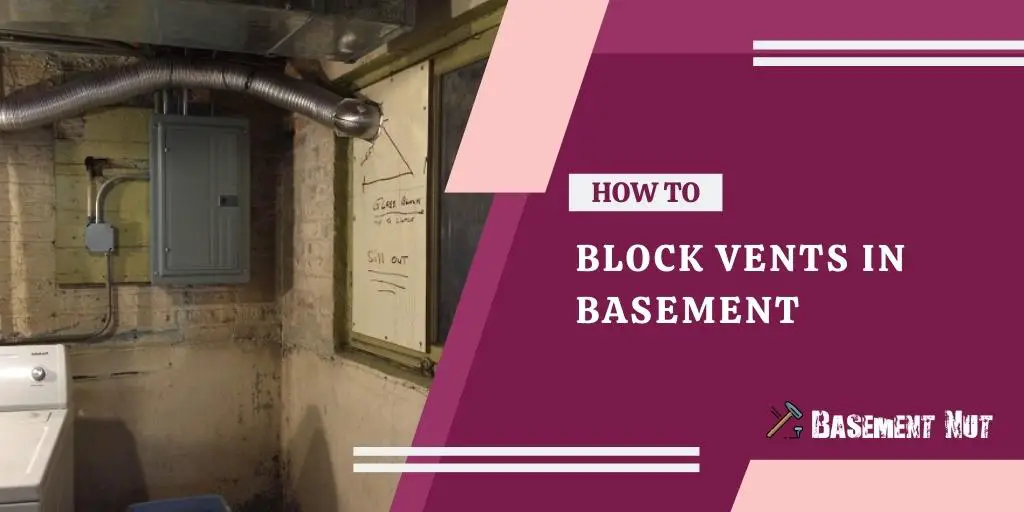
Blocking off vents will help regulate the temperature in your basement and save you money on your utility bills. In this article, we will discuss some methods for how to block vents in basement.
We will also provide tips on choosing the right method for your needs. So, if you are ready to learn more about blocking vents in the basement, keep reading! Here are a few tips on how to do it.
Can You Block Vents in Basement?
If you’re like most people, you probably have vents in your basement that you’re not using. Maybe they were installed when the house was built, and you never thought to remove them.
Or maybe you’ve added them over the years as part of your home’s heating and cooling system. Whatever the case, you may wonder if you can block vents in the basement.
The answer is yes; in most cases, you can block vents in the basement. However, there are a few things you need to keep in mind before you do so.
First of all, blocking vents in the basement can lead to moisture problems. Blocking the vents can worsen the problem if your basement is prone to dampness or flooding.
Second, blocking vents in the basement can affect your home’s heating and cooling system. If you have a forced air heating or cooling system, the basement vents help circulate air.
Blocking the vents can cause your system to work less efficiently and may even damage it. So when you’re considering blocking vents in the basement, talk to a professional about the best way to do so.
Step by Step Guide: How to Block Vents in Basement
Step 1: Determine Which Vents Need to Be Blocked
Before you start blocking vents, you need to look at your basement and decide which ones need to be blocked. This will vary depending on the size and layout of your basement, but typically, the vents that are located along the perimeter of the room are the ones that need to be blocked.
Step 2: Choose Your Materials
Once you know which vents need to be blocked, you can choose your materials. Various materials can be used for this project, but some of the most popular options include caulk, foam insulation, and weatherstripping.
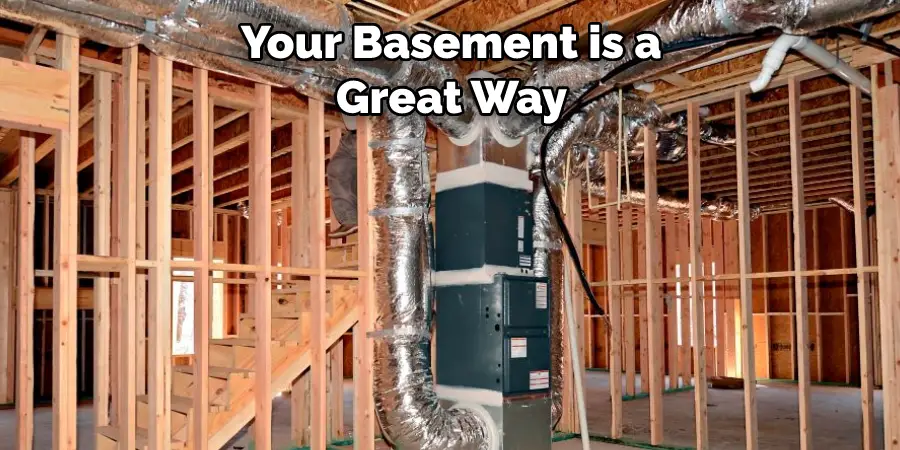
Step 3: Seal the Vents
Once you have chosen your materials, it’s time to seal the vents. For most materials, this simply involves applying it around the perimeter of the vent and making sure that there are no gaps. You need to ensure that the seal is airtight so that no cold air can get into your basement.
You Can Also Check It Out to Build a Multi Level Basement
Step 4: Install Vent Covers
If you’re using caulk or weatherstripping, you can skip this step. However, if you’re using foam insulation, you’ll need to install vent covers over the vents. This helps to seal further in the cold air and prevent it from entering your basement. Make sure your covers fit snugly and aren’t loose.
Step 5: Check for Leaks
After you’ve sealed all of the vents in your basement, it’s important to check for leaks. Start by turning on a fan or other source of ventilation and see if any cold air is coming through the vents. If you don’t feel any air movement, then your vents are properly sealed.
6 Benefits of Blocking Vents in Basement
1. Easier Temperature Control
By blocking vents in the basement, you can better control the temperature in your home. When all the cold air from outside is prevented from coming into the house, it will be easier to keep the house warm during winter and cooler during summer. If your basement is particularly cold, blocking the vents will also help to keep the rest of the house more comfortable.
2. Improved Energy Efficiency
Blocking vents in your basement can improve your home’s energy efficiency. You can reduce your heating and cooling costs by keeping the cold air out in the winter and the hot air out in the summer.
Blocking vents can also help you control your basement’s temperature better. Thus, you can create a more comfortable environment for your family.
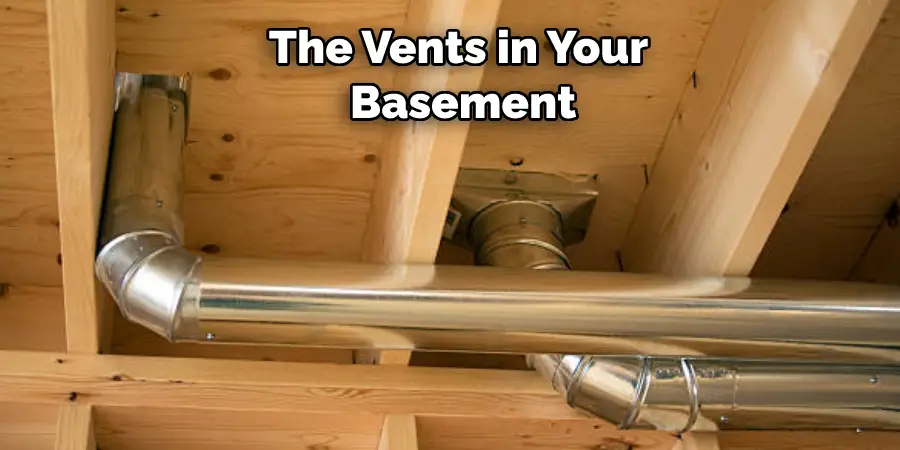
3. Reduced Pest Infestation
Pests are attracted to warm, moist environments. By blocking vents in your basement, you can make it less inviting for pests and reduce the chances of an infestation. If the vents are already blocked, check for evidence of pests and call a professional if necessary. Ensure the area is clean and dry before blocking the vents to discourage pests further.
4. Improved Air Quality
Another benefit of blocking vents in your basement is improved air quality. By keeping outside air from entering your home, you can reduce the amount of dust, pollen, and other allergens that can cause respiratory problems. If someone in your family suffers from allergies or asthma, blocking vents in the basement can help to improve their symptoms.
5. Less Noisy
Blocking vents in your basement can also make your home less noisy. If you live in a particularly loud area, such as near a highway or airport, blocking the vents can help to reduce the amount of noise that comes into your home. This can create a more peaceful environment for you and your family.
6. Better Insulation
Insulating your basement can be difficult, but blocking vents can help. By preventing outside air from entering the basement, you can keep the heat in during winter and the cool air in summer. This will improve the efficiency of your home’s insulation and make your home more comfortable year-round.
You can check it out to How to Stop Efflorescence on Basement Walls
Some Tips and Advice to Get a Cooler Airflow
- If you want to know how to block vents in the basement, you first need to figure out where your problem areas are.
- Once you know where your problem areas are, you can begin to look for ways to block vents in the basement to help improve your home’s airflow.
- Invest in a room-based HVAC system to help improve airflow in your home.
- Make sure you have the proper insulation in your basement to help keep the cool air in and the warm air out.
- Use a dehumidifier in your basement to help remove moisture from the air and improve ventilation.
- If you have an attic, ensure you use it to your advantage by cooling the air that rises and helping improve airflow in your home.
- Use fans to help circulate the air in your home and improve ventilation.
- Make sure you open windows and doors when weather permits to help improve airflow in your
What Are the Side-Effects of Blocking Vents in Basements?
Some of the side effects of blocking vents in basements are that it can cause mold growth and problems with moisture and humidity. Additionally, if the basement is not properly ventilated, it can lead to musty odors and poor air quality.
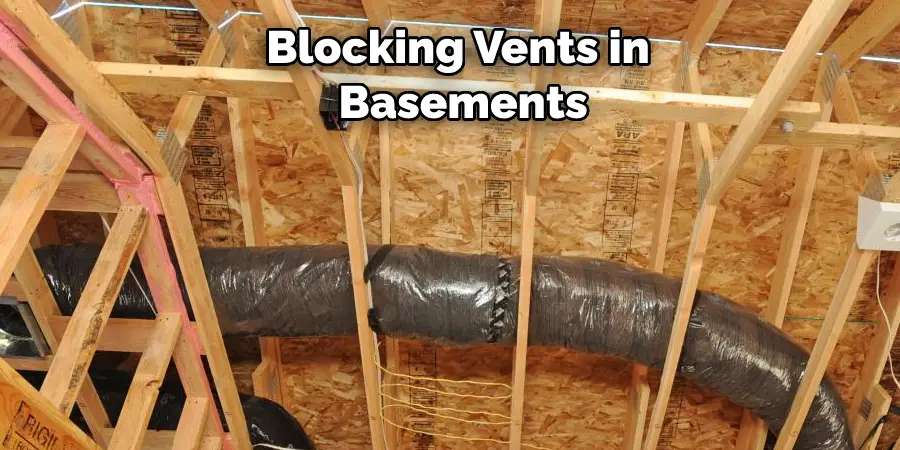
Finally, any leaks in the basement will likely go undetected if the vents are blocked, which can cause serious water damage. If you’re considering blocking vents in your basement, it’s important to weigh the pros and cons carefully.
It may be the best option in some cases, but it could do more harm than good in others. Be sure to talk to a professional about your specific situation before making any decisions.
You Can Check It Out to Open Crawl Space Vents
How Do You Cover Air Ducts in a Basement?
If you’re finishing your basement, you may wonder how to cover those big, unsightly air ducts. Luckily, there are a few different ways that you can go about it!
One option is simply to build a false wall in front of the vents. This will make the illusion that they’re not there and also help insulate the space. Another option is to use decorative grilles to cover the vents. These can be found at most hardware stores and come in various styles to match your decor.
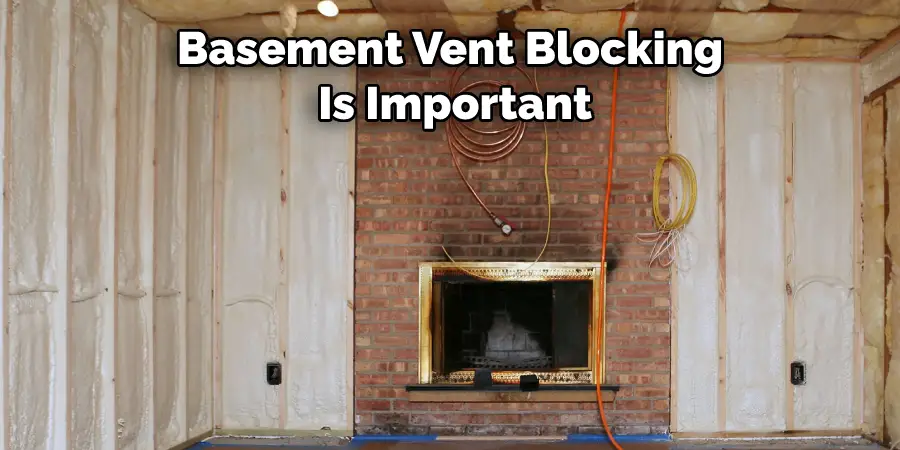
If you’re not up for any DIY, you can always contact a professional to help cover your vents. They will be able to do it quickly and efficiently so that you can get on with enjoying your basement!
Final Words
Basement vent blocking is important in keeping your home comfortable and energy efficient. By sealing off the vents in your basement, you can keep the warm air flow to upstairs.
In addition, if you live in an area that experiences cold winters, it’s important to prevent cold air from entering your home.
Blocking vents in your basement is one of the best ways to do this. By following the steps above, you can easily seal off any vents that might be letting in cold air. As a result, you’ll be able to keep your basement warmer and more comfortable all winter long.
We hope this guide on how to block vents in basements has been helpful. If you have any questions, feel free to reach out to us in the comments below!
You can check it out to Waterproof a Dirt Basement
